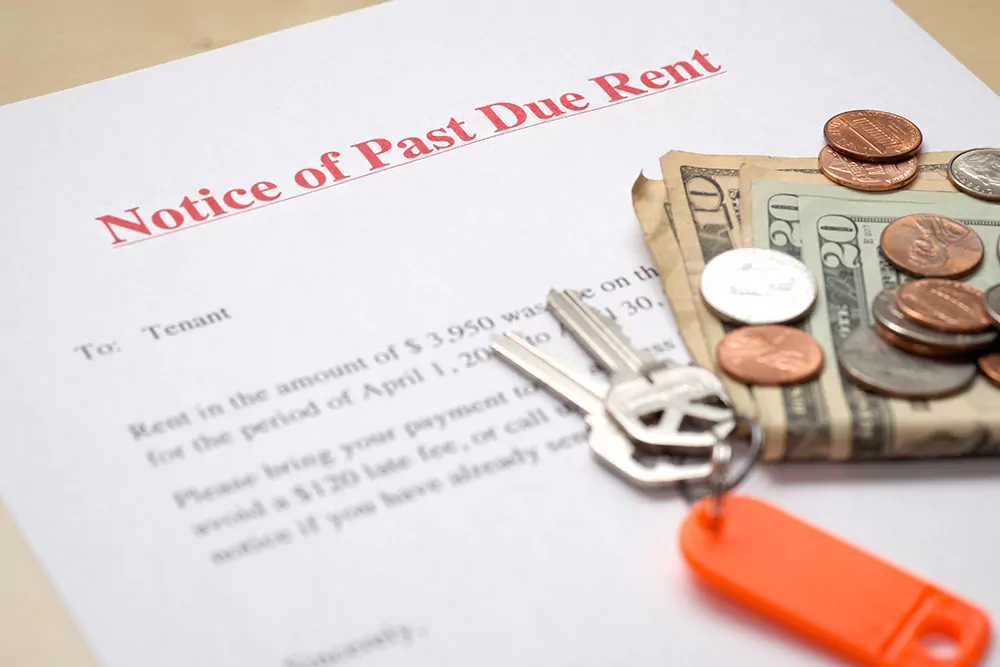As a real estate investor, there are times when you’ll want to end a tenancy without cause, such as at the end of a lease period or when you need to take possession of the property for yourself.
To properly end a tenancy, you’ll need to give your tenant a lease termination letter. This important document provides tenants with the proper notice and details they need to move out.
What is a lease termination letter?
A lease termination letter is a written notice given to a tenant informing them that you have decided to end their tenancy. It can be used to end a lease for various reasons, such as the end of the lease term, mutual agreement or other circumstances outlined in the lease (like relocation or sale of the property). Unlike an eviction notice, an early termination of lease letter is typically used to end a tenancy without cause.
What to include in a lease termination letter?
A lease termination letter should include the termination date and any relevant instructions or information for vacating the premises and returning the security deposit.
At a minimum, your lease termination letter should include:
- Tenant’s name and address
- Termination date
- Reason for termination (if required)
- Move-out instructions
- Security deposit information
Download and use our free printable lease termination letter template to ensure you include all necessary details and simplify the process of ending your lease agreement.
When to send a lease termination letter
Times you may need to write a lease termination notice include:
- At the end of a lease term, when you are choosing not to renew the lease.
- When you need to terminate the lease early, such as to take possession of the unit for yourself or a family member.
- When the property is sold, if the lease provides for it.
If you’re evicting a tenant for non-payment of rent or violating the lease agreement, you will need to provide an eviction notice rather than a lease termination letter.
Regardless of the reason for terminating a lease, you need to let the tenant know within the required notice period specified in the lease agreement and local laws. Most states require landlords to give at least 30 days’ notice when terminating a lease.
Manage leases and rent collection online with Baselane
Once you complete the lease termination process, you’ll need to sort out security deposits and set up rent collection if new tenants are moving in. You can do this all online using Baselane’s all-in-one rent collection, banking and bookkeeping platform.
Easily set up and terminate leases, collect rent and security deposits directly into your account or create separate security deposit accounts (required in some states). Plus, all your payments are auto-tagged to the right property and expense category for streamlined accounting and reporting.
Want to see how it works? Watch a demo or sign up for a free Baselane account today.







